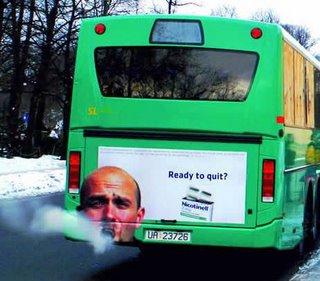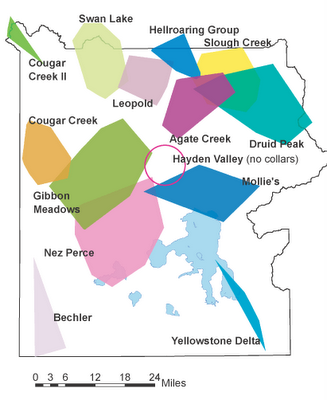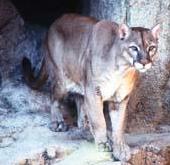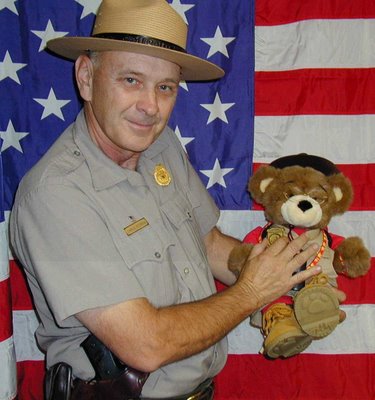 nps photo
nps photoWHAT'S IMPORTANT ANYWAY ??
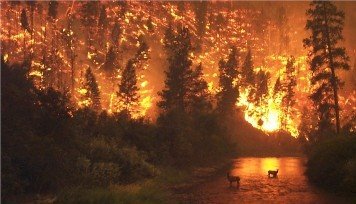
-The National Park Service, in general, and Yellowstone National Park, in particular, have failed in one of their most important missions: EDUCATION. Specifically education about the parks and their origins, and their reasons for existence.
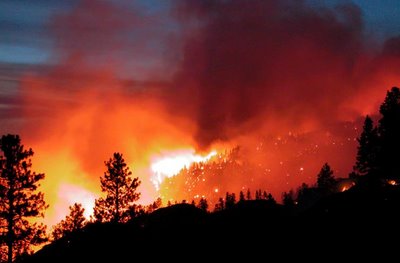
- Popular, idiomatic speech, has clouded their thinking. Bribes from 'do-gooding' rich folks have twisted their priorities. Management by litigation has destroyed their perspective.
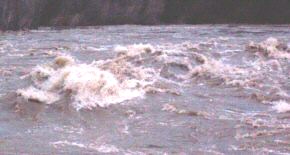
- The very vocabulary of the popular press, (Newspapers, TV, Weblogs, etc.) includes such words as tragedy, disaster, rampage, etc. when referring to the natural processes that are, (and have been,) responsible for the very parks that we call wonders.
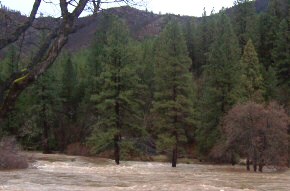
- Fires, Floods, Glaciations, Erosion, Earthquakes, and the whole complement of natural processes that produce the parks are decried as terrible occurrences by the public - and sadly by the NPS & Yellowstone, as well.
- The tragedy is that the public believes that Roads, Fancy Hotels,

Visitor Centers, Trinket Shops, RV Parks, Yacht Marinas, and the rest of the built environment is what the parks are about - and - these things are perceived as equally important as the natural features of the parks.

- It seems impossible, (in the popular mind,) to separate a stay at the Old Faithful Inn from a perfect visit to Yellowstone. The same can be said for other parks such as Yosemite. Yet, truth be told, these ephemeral structures will be long gone while the wonders of these places continue to change and evolve.
- Education of the public is mandatory if the NPS is going to get it's house in order. Money is tight and promises to get tighter. Visitation is down and promises to fall even more. Infrastructure is rotting and crumbling - so much the better; get rid of it.

.. The parks are not about weekend revels in a $70,000.oo motor home. They are not about the sumptuous meals at a given dining room. They are not about palatial surroundings in historic buildings. They are about the way that the natural world has conspired to produce beauty and majesty.
- The blinders worn by do-gooders allow them to believe that edifices are somehow comparable to the surroundings - get real. Fire must be suppressed, (or it might destroy a fancy old building,) rivers must be returned to their beds, (or they might destroy roads,) hot spring run-off must be diverted, (or it'll cover up a structure built in the 50's.) This attitude is called NIMP -
Not
In
My
Park. It's endemic in the popular mind, and growing in the NPS. Let nature take it's course elsewhere but -
NIMP!
- Fires, Floods, Glaciations, Wind, Rain, Sun, Run-Off, Explosions, Poison Gas, etc. should be celebrated. There is no way to curtail these forces and in the same breath call the parks "wilderness," "natural," or "wild." The corollary attitude is that since we protect the elk and bison to the point of danger, we should also protect every tree.
- The public wants Disney World! The NPS, ABC, CBS, NBC, CNN; and the rest of the popular press want to deliver it.
- If the political system that governs our country is valid, then soon the populist perception will become the policy of the NPS. So be it; but do not, then, decry in the same breath, the vanishing 'wilderness' experience. Unless, of course, the public becomes educated - and still wants Disney World.
- Read carefully the news presentations and commentaries for the subtle tyranny that words work on the concept of our parks. Development is viewed by the NPS as vital. They are busy transforming the interior of the parks into the same kind of tourist slums that are represented by the 'gateway' villages.
- They are terrified of refusing millions of dollars - lest they offend Conoco, or Westinghouse, or Casio. So buildings are built that stress the skinny budgets. This is called improvement - not impact, or it's 'acceptable impact." Maybe Conoco needs educating too.
- We want it both ways. Drive to the park, call the roads access not impacts. Call th

e hotels accommodations not impacts. Call the sewage treatment plants infrastructure not impacts. Call the parking lots necessary not impacts. The first rule of access is impact. No cute rationalization removes it. It can be large or small; terrible or benign, but it is impact.
- Now we have the interesting phrase of "Acceptable Impact." Of course the acceptability of any impact is culturally determined. If the culture continues to want their parks served up with a dose of cute hotels, fancy parking spots, developed campsites, etc. the range of "Acceptable Impacts" will grow.

- Climb in your Sabru, drive to a park, sleep in a fancy hotel, eat a gourmet meal, flush the meal, visit an air conditioned visitor center, watch a movie about the park, decry the fires of '88, and call yourself environmentally friendly. After all you just "DID YELLOWSTONE." And the NPS helped.





